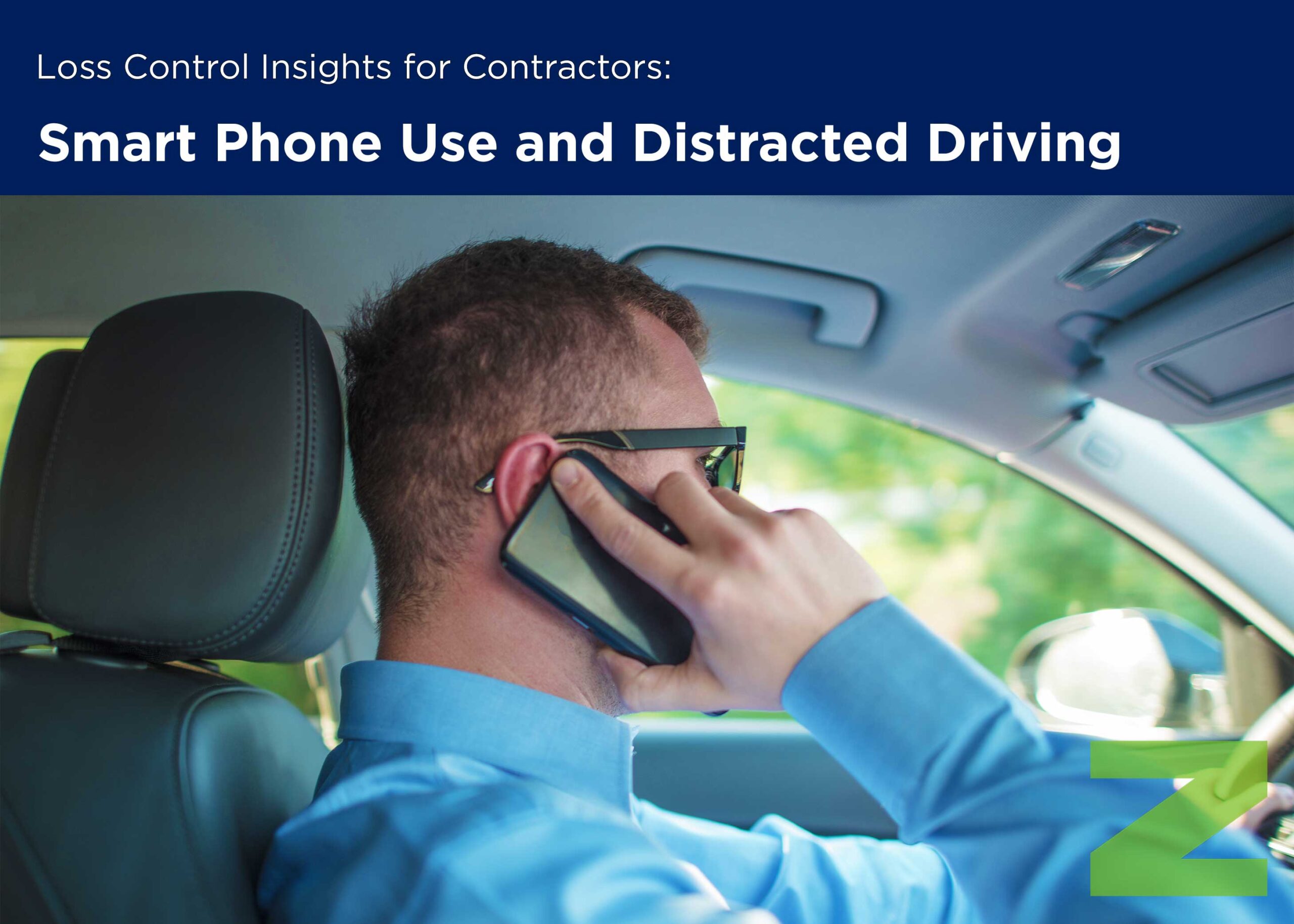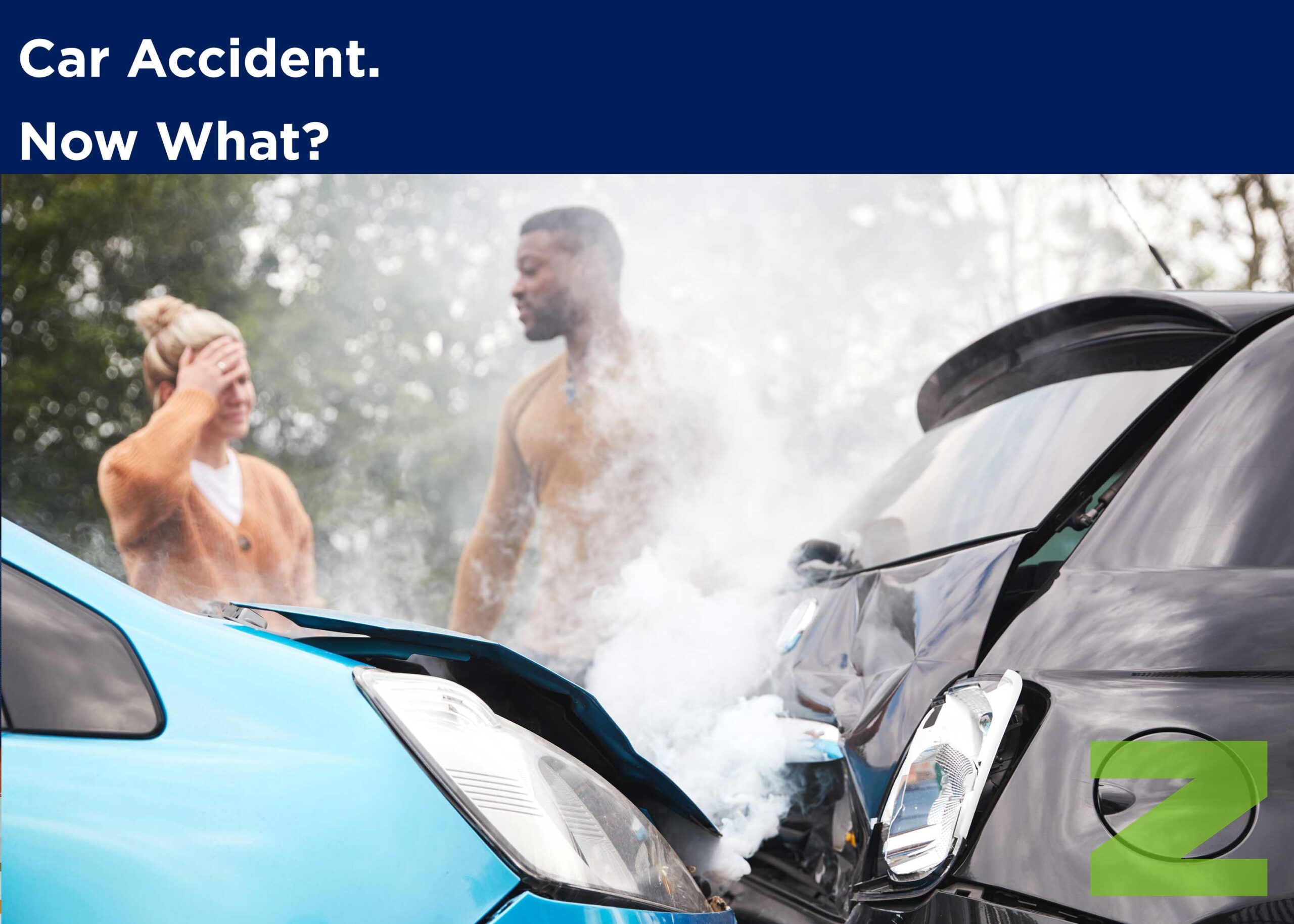Loss Control Insights
Smart Phone Use and Distracted Driving
There is no doubt that distracted driving causes vehicle accidents and deaths. The National Highway Traffic Safety Administration (NHTSA) estimates that 3,166 traffic fatalities, or 8.5% of traffic deaths, in the United States in 2017 were linked to driver distraction. However, there is some disagreement on how much distracted driving can be attributed to cell phone use.
A 2018 study by Insurance Institute for Highway Safety (IIHS) indicates that between 2014 and 2018, cell phone use while driving rose 57%. On the other hand, NHTSA estimates that the prevalence of drivers using hand-held or hands-free cell phones decreased from 9% of drivers in 2012 to 5.3% in 2017.
Despite opposing statistics, cell phone use while driving—whether texting, talking on a hand-held phone or using a hands-free device—is dangerous. Drivers taking their eyes off the road to look at an electronic device risk not seeing potential dangers and hazards. Looking away, even for a few seconds, can lead to catastrophic effects. According to the National Safety Council (NSC), a vehicle traveling at 55 miles per hour will drive the length of a football field in only five seconds.
Contrary to common belief, research shows that hand-free devices aren’t safer than hand-held ones because the human brain is not designed for multi-tasking. When we are listening or talking on a phone—whether holding it or not—the part of the brain that processes moving images decreases by up to a third.
Cell Phone Solutions
Employers can be liable for employee accidents relating to cell phone use, even if the driver was using a hands-free device. So, what can you do to keep employees safe and protect your company? The best alternative is for drivers to be separated from their phones and to have their phones turned off—a phone ring or notification ping can cause momentary distraction, even if a driver doesn’t look at their phone.
EMC Program Development Engineer Neil Wysocki recommends the following to help keep your drivers safe:
- Develop a cell phone and a distracted driving policy as part of your fleet safety program. Ensure all employees understand the importance of adhering to the policy and the consequences of not complying. Your policy should include rules on when and how cell phones may be used. Neil suggests the following rules:
- Require phones be shut off or on the “Do Not Disturb” setting when driving
- Allow an off-the-road break every two hours so drivers can check messages, return calls and send emails
- Route calls and emails to someone in the office
- Require employees to be off the road during conference calls or phone meetings—ask each participant before the meeting begins if they are stopped and in a safe place
- For assistance in developing your policies, download a sample fleet safety program template from EMC and order a free sample cell phone policy kit from the NSC.
- Provide comprehensive training to ensure employees understand how their actions can result in an accident, and what steps they must take. Components of this training may include online segments, safety meeting conversations and a policy statement signed annually by employees. While it’s a good idea for employees to be aware of your state’s laws on texting and cell phone use, be sure to emphasize that your requirements may be more strict than state policies.
- Add technology solutions to your employees’ phones or fleet vehicles. Examples include blocking apps or installing a virtual barrier (geofence) around the driver to prevent phone use. Some apps offer preset features that redirect calls to voicemail or respond to texts with a preprogrammed message. The NSC suggests considering these five features.





